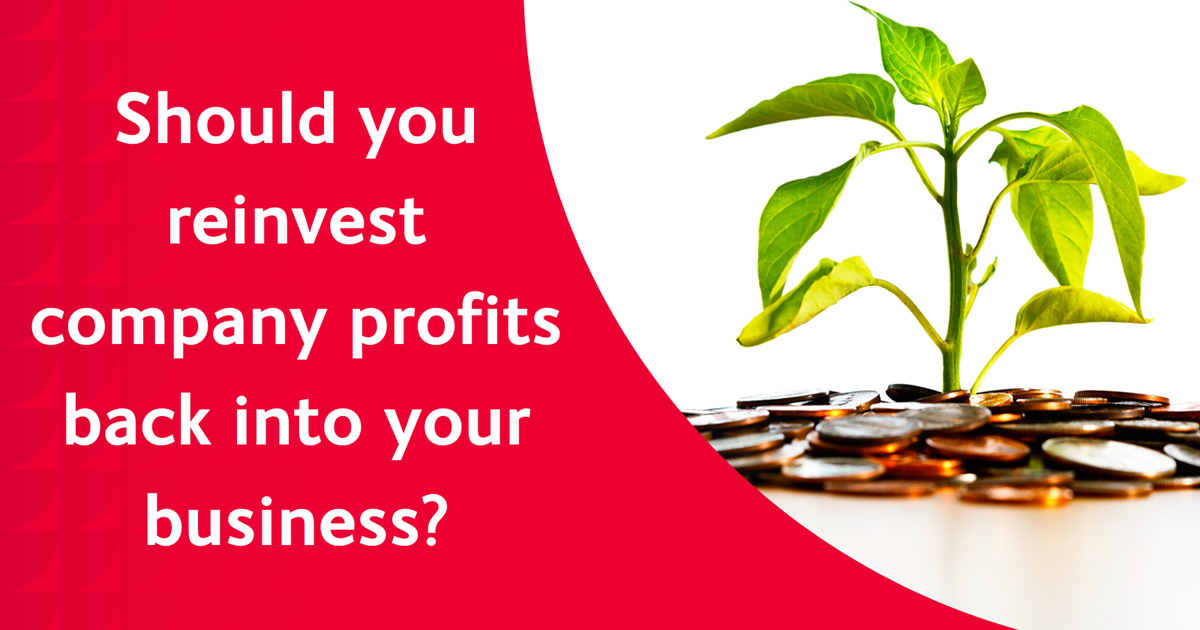How Much Money Should You Put Back Into Your Business

In the intricate dance of entrepreneurship, knowing when and how much to reinvest profits back into the business is a high-stakes decision. It’s a tightrope walk between fueling growth and securing financial stability, a challenge that can make or break a company, especially in today’s volatile economic climate.
This article delves into the crucial question of how much capital business owners should reinvest, examining key considerations like growth stage, industry, and risk tolerance. We’ll explore various strategies and expert insights to guide entrepreneurs in making informed decisions, ensuring their businesses thrive sustainably.
The Balancing Act: Growth vs. Stability
Reinvesting profits is essential for sustainable growth. However, the optimal amount varies significantly depending on the business's stage and industry.
A startup, for example, might need to reinvest nearly all its profits to scale operations, acquire new customers, and develop its product. Established businesses, on the other hand, may prioritize distributing dividends or paying down debt.
Key Factors to Consider
Industry plays a crucial role. Technology companies, for instance, often require substantial reinvestment in research and development to stay competitive. Service-based businesses might focus on employee training and marketing.
Growth stage influences the allocation strategy. Early-stage businesses typically prioritize aggressive expansion. Mature businesses might lean towards efficiency improvements and market consolidation.
Risk tolerance is also a critical factor. Some entrepreneurs are comfortable with high-risk, high-reward strategies, while others prefer a more conservative approach that safeguards financial stability.
Strategies for Reinvestment
There are several effective strategies for reinvesting profits back into a business. Each approach offers different benefits and drawbacks.
One common strategy is to invest in capital expenditures. This includes purchasing new equipment, upgrading existing facilities, or acquiring real estate.
Another approach is to focus on research and development (R&D). This can lead to new products, improved processes, and a stronger competitive edge, particularly in industries with rapid technological advancements.
Marketing and advertising represent another avenue for reinvestment. Expanding market reach can drive sales and increase brand awareness.
Finally, investing in employee training and development can enhance productivity, improve employee retention, and foster a positive work environment.
Expert Insights and Data
According to the Small Business Administration (SBA), many small businesses fail due to poor cash flow management. This underscores the importance of careful financial planning and strategic reinvestment.
Studies by Harvard Business Review have shown that companies that consistently reinvest in innovation tend to outperform their competitors in the long run. This highlights the importance of allocating resources to R&D and new product development.
"Reinvesting in your business is like planting seeds for future growth," says Michael Porter, a renowned strategy expert. "The key is to choose the right seeds and nurture them effectively."
"The biggest risk is not taking any risk... In a world that is changing really quickly, the only strategy that is guaranteed to fail is not taking risks." - Mark Zuckerberg.
Potential Pitfalls to Avoid
While reinvestment is generally beneficial, it’s essential to avoid common pitfalls. Overinvesting in one area can lead to imbalances in other critical aspects of the business.
Another mistake is to reinvest without a clear plan or strategy. It's crucial to have a well-defined roadmap that aligns with the business's overall goals.
Neglecting cash flow management is a significant risk. Ensuring there's sufficient liquidity to cover day-to-day expenses is paramount.
Looking Ahead: The Future of Reinvestment
In an increasingly competitive and dynamic business landscape, strategic reinvestment is more critical than ever. Businesses must adapt to changing market conditions and embrace new technologies to thrive.
The rise of artificial intelligence (AI) and automation presents both opportunities and challenges. Businesses that invest in these technologies can improve efficiency and productivity, but they must also consider the potential impact on their workforce.
Ultimately, the optimal amount to reinvest depends on a company's specific circumstances and goals. However, by carefully considering the key factors outlined above and avoiding common pitfalls, entrepreneurs can make informed decisions that drive sustainable growth and long-term success.


















